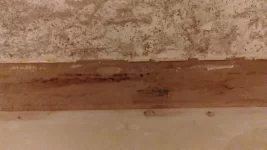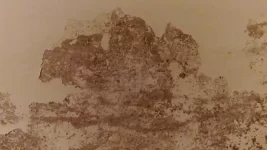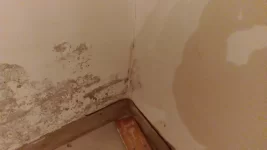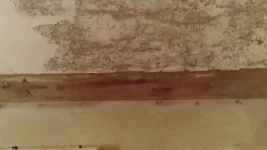Chrisamyphillip
New Member
Floor is cement and has a membrane. Floor is dry.
Outside walls are rendered and not leaking/cracked.
Walls are 18-24 inch thick.
I have damp walls 'up' approx 2 foot on met walls.
I was going to tank using Febtank.
Internal walls are cement render finish and am wondering wether I hack this off to get to stone (all sorts of stone!) and paint the Febtank slurry on then re-plaster using renovating plaster.
Question - the internal cement render is solid, not flaky or soft, do I really need to hack this off OR do I simply tank onto this? It is just a reading damp!. If I hack off to the stone, the stone itself will read damp, I'll tank onto that dap stone and serenader with renovating plaster…..
Dilema…
Yes, usual thoughts re old walls/cottage breathing, ventilation etc etc. I have only lived here a year and we 'vent' it a lot but these walls have not dried much. There is the usual mould growth due to lack of previous circulation; clean it, vent room - hey presto.
Surveyor recommended tanking……
Applying Febtank onto cottage 'rocks' will be fun, the Sovereign router is to render then tank - would be easier applying the tanking to a smoother surface. Which way around, I don;t think makes a damp proofing difference - i.e. Febtank onto stone then rendering, Sovereign, rendering then tanking onto rendering.
Maybe I tank onto the cement rendered walls and just don't hack off at all
Thoughts?
Outside walls are rendered and not leaking/cracked.
Walls are 18-24 inch thick.
I have damp walls 'up' approx 2 foot on met walls.
I was going to tank using Febtank.
Internal walls are cement render finish and am wondering wether I hack this off to get to stone (all sorts of stone!) and paint the Febtank slurry on then re-plaster using renovating plaster.
Question - the internal cement render is solid, not flaky or soft, do I really need to hack this off OR do I simply tank onto this? It is just a reading damp!. If I hack off to the stone, the stone itself will read damp, I'll tank onto that dap stone and serenader with renovating plaster…..
Dilema…
Yes, usual thoughts re old walls/cottage breathing, ventilation etc etc. I have only lived here a year and we 'vent' it a lot but these walls have not dried much. There is the usual mould growth due to lack of previous circulation; clean it, vent room - hey presto.
Surveyor recommended tanking……
Applying Febtank onto cottage 'rocks' will be fun, the Sovereign router is to render then tank - would be easier applying the tanking to a smoother surface. Which way around, I don;t think makes a damp proofing difference - i.e. Febtank onto stone then rendering, Sovereign, rendering then tanking onto rendering.
Maybe I tank onto the cement rendered walls and just don't hack off at all
Thoughts?




